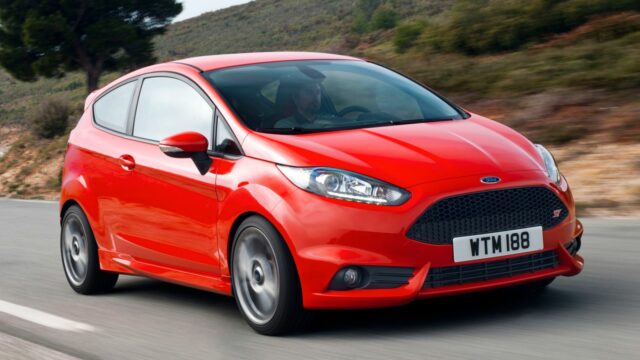
They’re small yet so mean you can’t resist them Hot hatches come in many sizes nowadays. From pint-sized models like the Smart Brabus Fortwo to family-friendly cars like the VW…
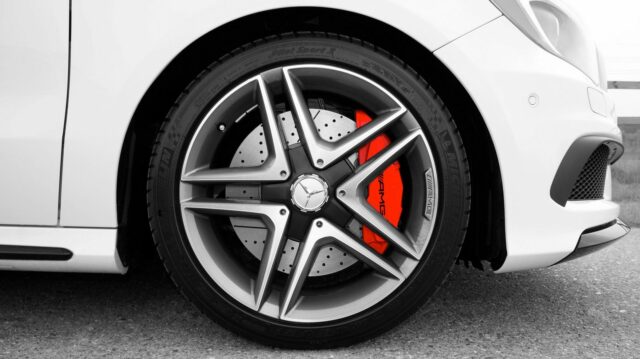
Know your tires this season with our guide Summer tires – as the name clearly suggests – are designed to provide grip and traction in mild weather conditions, with temperatures…
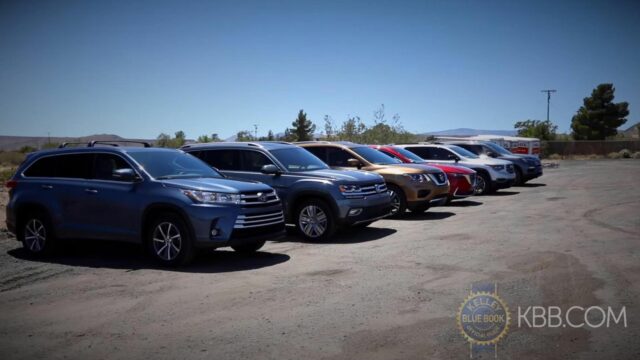
Midsized SUVs comparison can help you choose your 2017 SUV Looking for a mid-sized SUV for you and your family? The guys and girls from Kelly Blue Book have all…
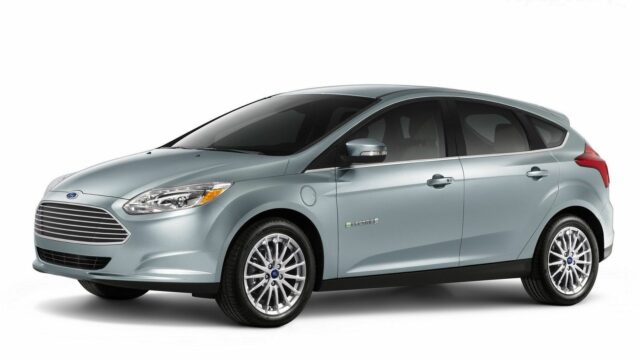
Electric cars are becoming a familiar sight every day now. Electric cars are becoming a familiar sight every day now. From dedicated electric cars like the BMW i3, Nissan Leaf…
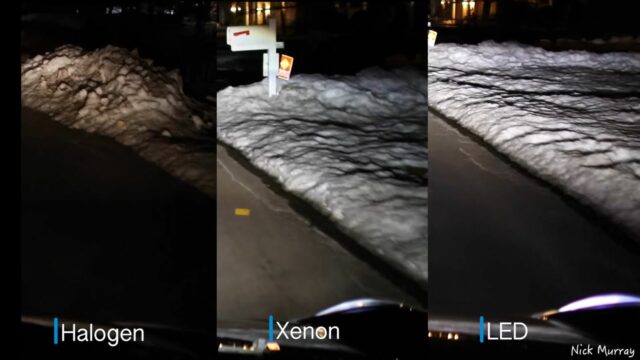
Find out what the differences are between Xenon, LED and Halogen lights Modern Halogen headlights do a good enough job for normal driving situations, but Bi-Xenon lights are much better,…
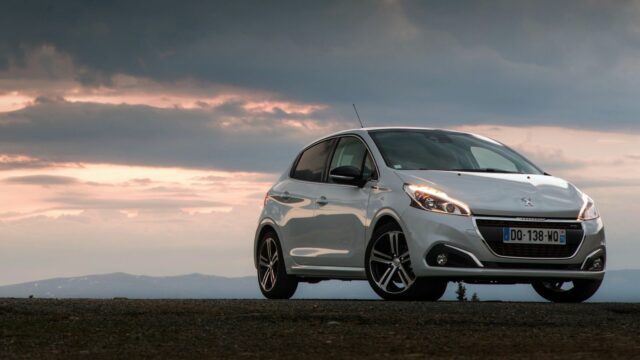
There have been subtle changes in the top ten list, but the podium remains the same The Europeans love all kind of cars, but nothing shows the trends more accurately…
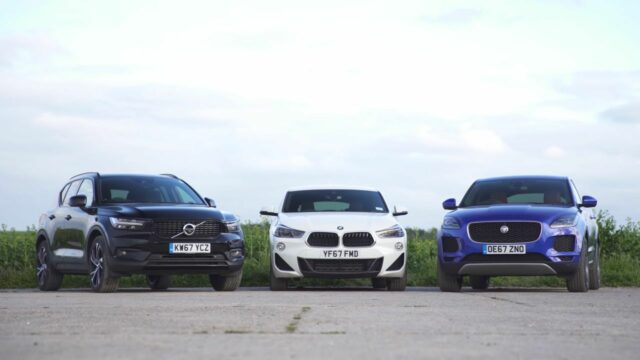
Carwow puts the latest crossovers to the test, but is there a winner? Are the latest and poshest crossovers from Volvo, BMW, and Jaguar good enough to make their own…